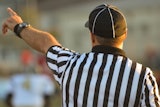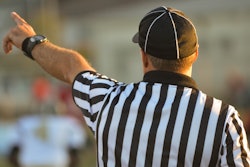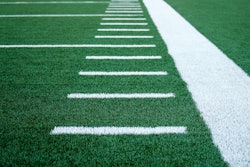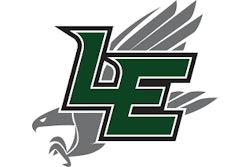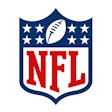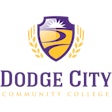
This article appeared in the January/February issue of Athletic Business. Athletic Business is a free magazine for professionals in the athletic, fitness and recreation industry. Click here to subscribe.
High school athletics are getting safer. Despite increased reports of student-athlete injuries, awareness is up, and initiatives by the NFL Foundation, the Professional Football Athletic Trainers' Society, the National Athletic Trainers' Association and more have improved access to athletic trainers. These initiatives have resulted in an appreciation not only of athlete safety, but for the profession of athletic training.
Athletic trainer student aides must not engage in any of the following:Interpreting referrals from other healthcare providers Performing evaluations on a patient Making decisions about treatments, procedures or activities Planning patient care Independently providing athletic training services during team travel |
The next generation is taking notice. "The awareness among students about our profession has increased incredibly," says Larry Cooper, chair of NATA's Secondary School Athletic Trainers' Committee. "I just had a middle school student shadow me for home football games. She loves it."
Many high school athletic departments have for years offered athletic trainer student aide programs, which are now benefiting from increased interest as public awareness of the profession grows. "You're seeing more people become aware of injuries that occur to athletes and physically active people," Cooper says. "The athletic trainer has become the go-to person to provide that medical care, and people are recognizing the importance of that role."
In such programs, student aides assist certified athletic trainers in tasks such as stocking training supplies and transporting them, preparing ice bags and providing water to athletes, all the while learning to recognize the signs and symptoms of common athlete injuries and illnesses.
Though students might be eager to help even more, Cooper warns that an important line must be drawn. "There should never be any type of patient care delivered by the students," he says. "They can shadow, watch and learn the basics, but they should not be providing any hands-on care to other students."
Despite these limitations, student aides can be an invaluable resource during practices and games, serving as an extra set of eyes to spot potential problems and bring them to an athletic trainer's attention.
For students looking to get more than what the hands-off program allows, Cooper recommends pointing them to career tech programs geared toward sports medicine and athletic training. Alternatively, schools could consider leveraging their existing relationships with athletic trainers to bring an educational element in-house. "I'm a certified teacher, and I teach a sports medicine class," Cooper says. "But there are a lot of athletic trainers who don't have additional credentialing."
In some states, years of experience can make up for lack of a teaching certification, creating the opportunity for athletic trainers to teach a class. "It might break up their job a bit, or open up new doors if they want to get into education," Cooper says.
This article originally appeared in the January/February 2016 issue of Athletic Business with the title "Growing the athletic trainer profession"














